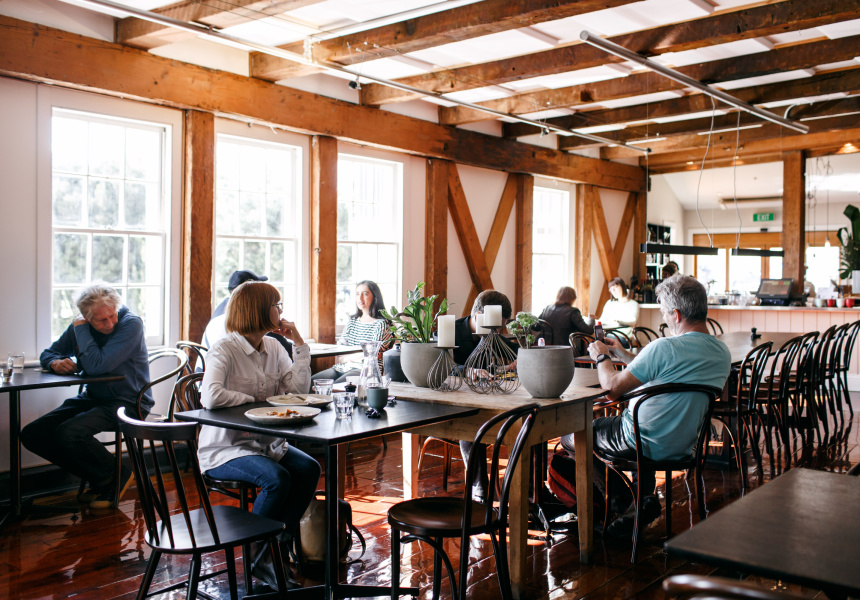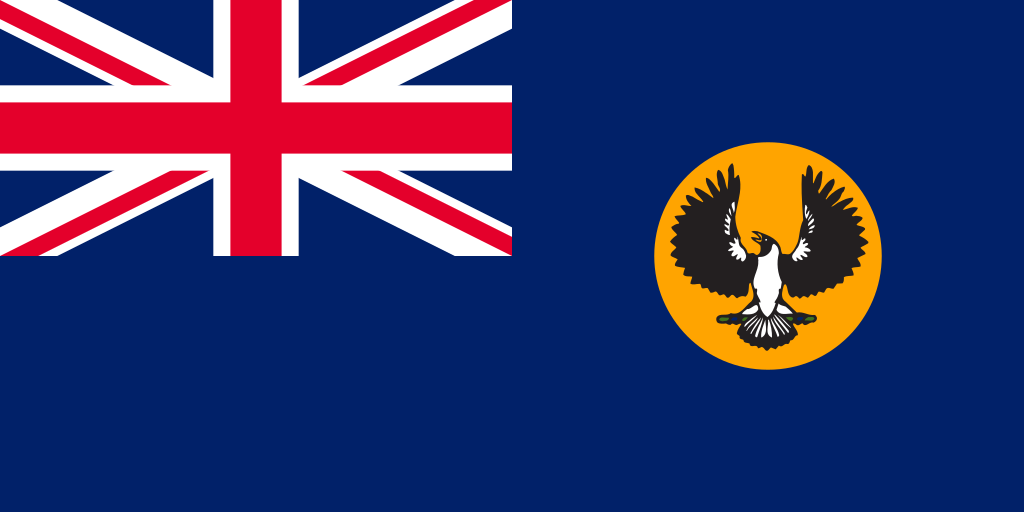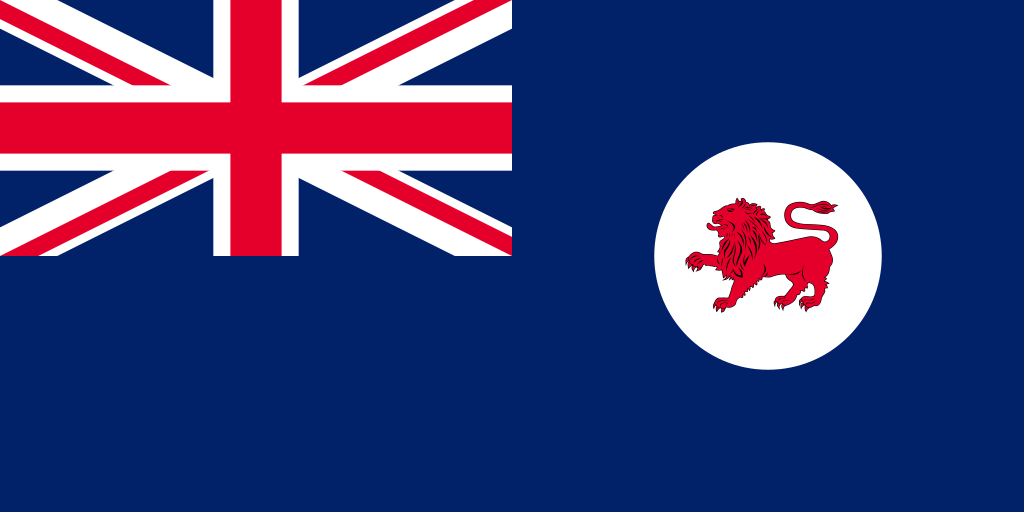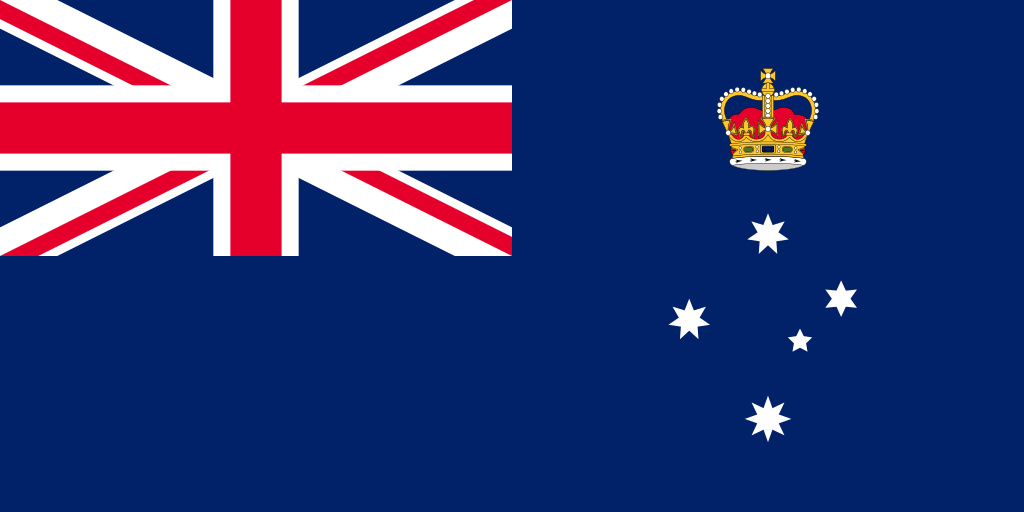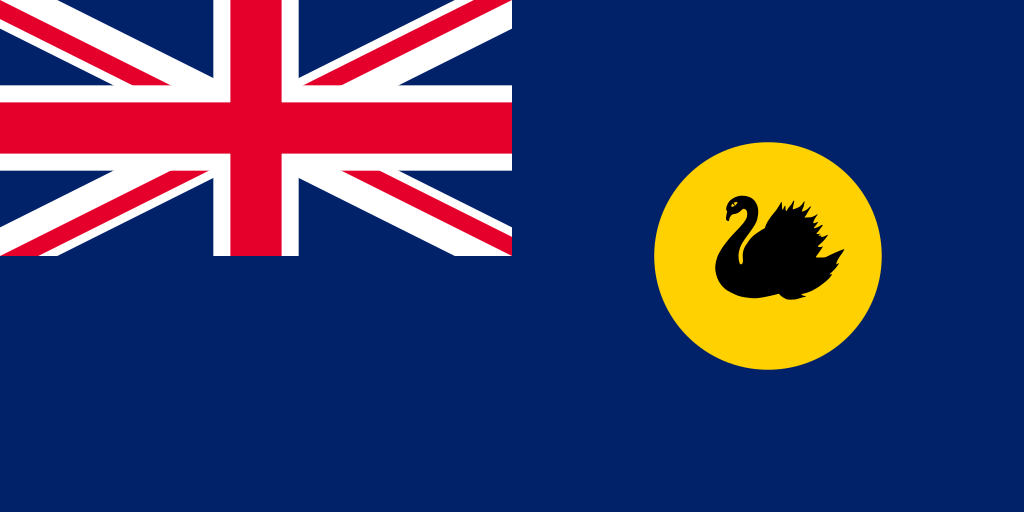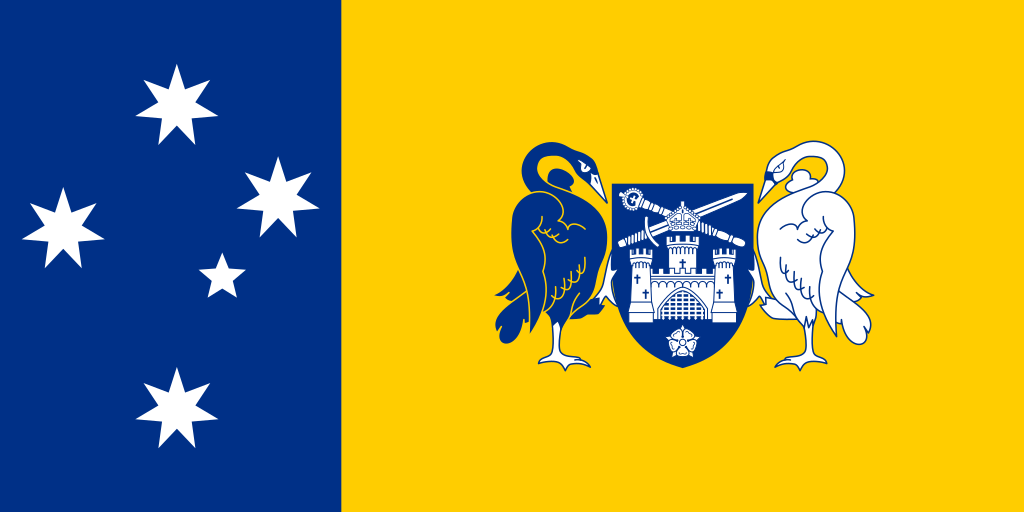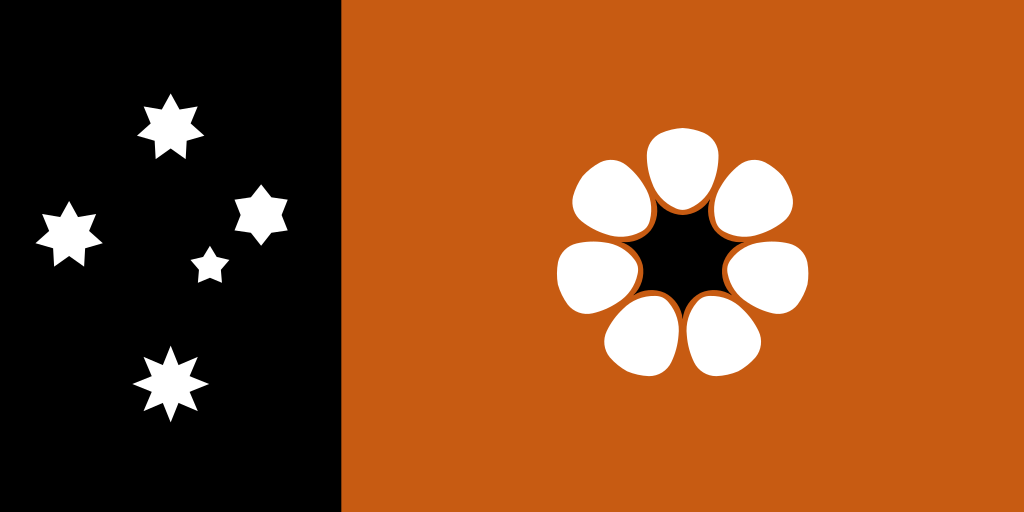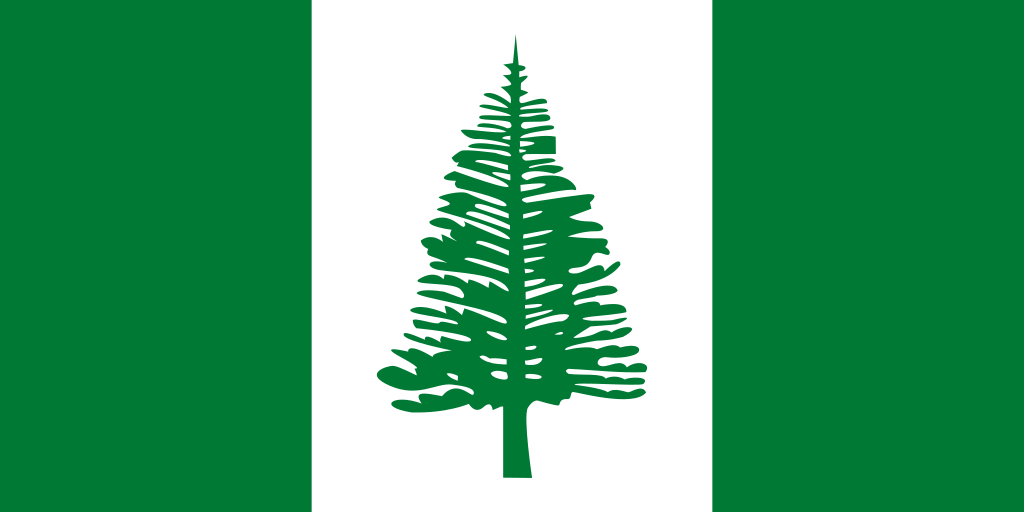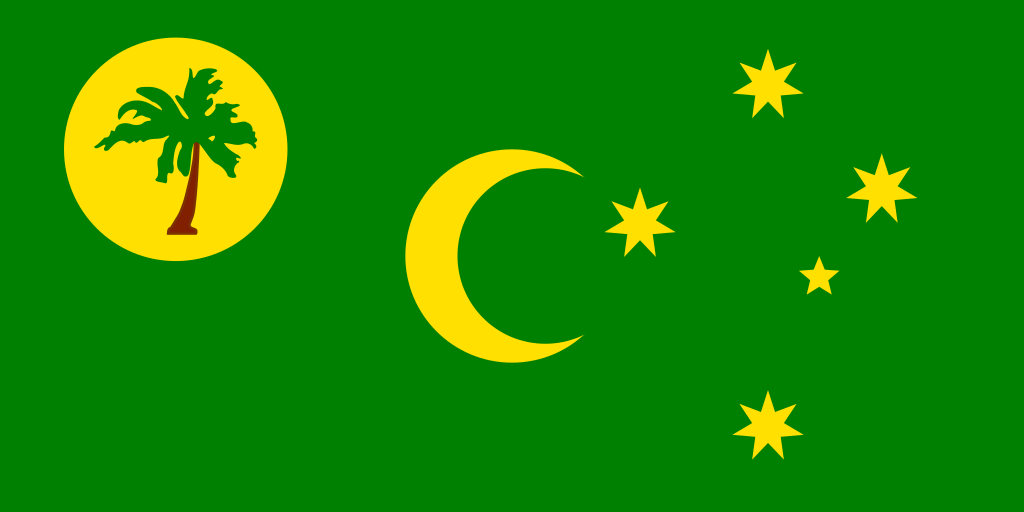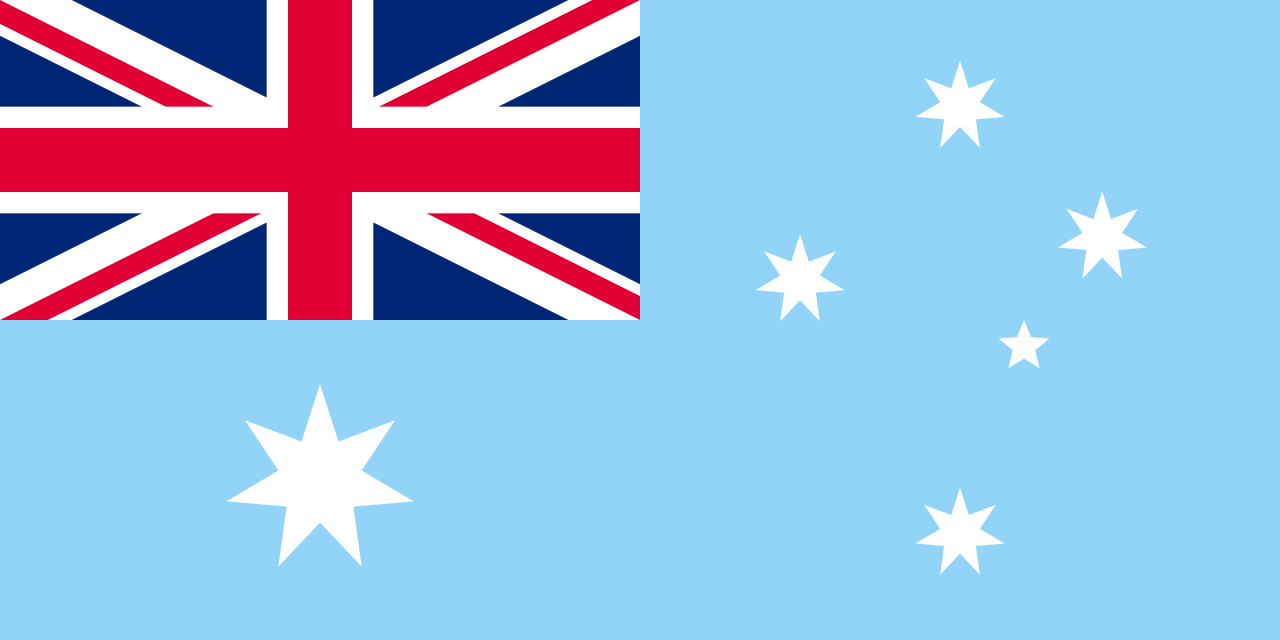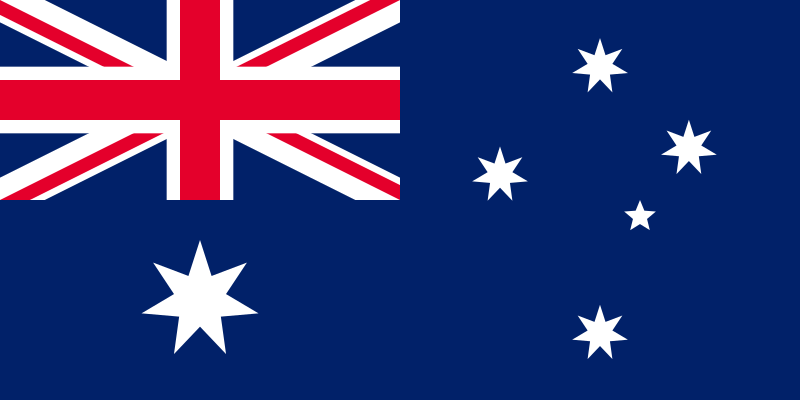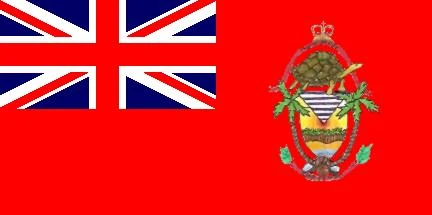Tasmania
WELCOME TO Tasmania
State Overview
Hobart
68,401 km2
541,100
English

Popular
Geography and Tourist Attractions
Information about the state's tourist attractions, including popular destinations, events, and activities.

Cradle Mountain
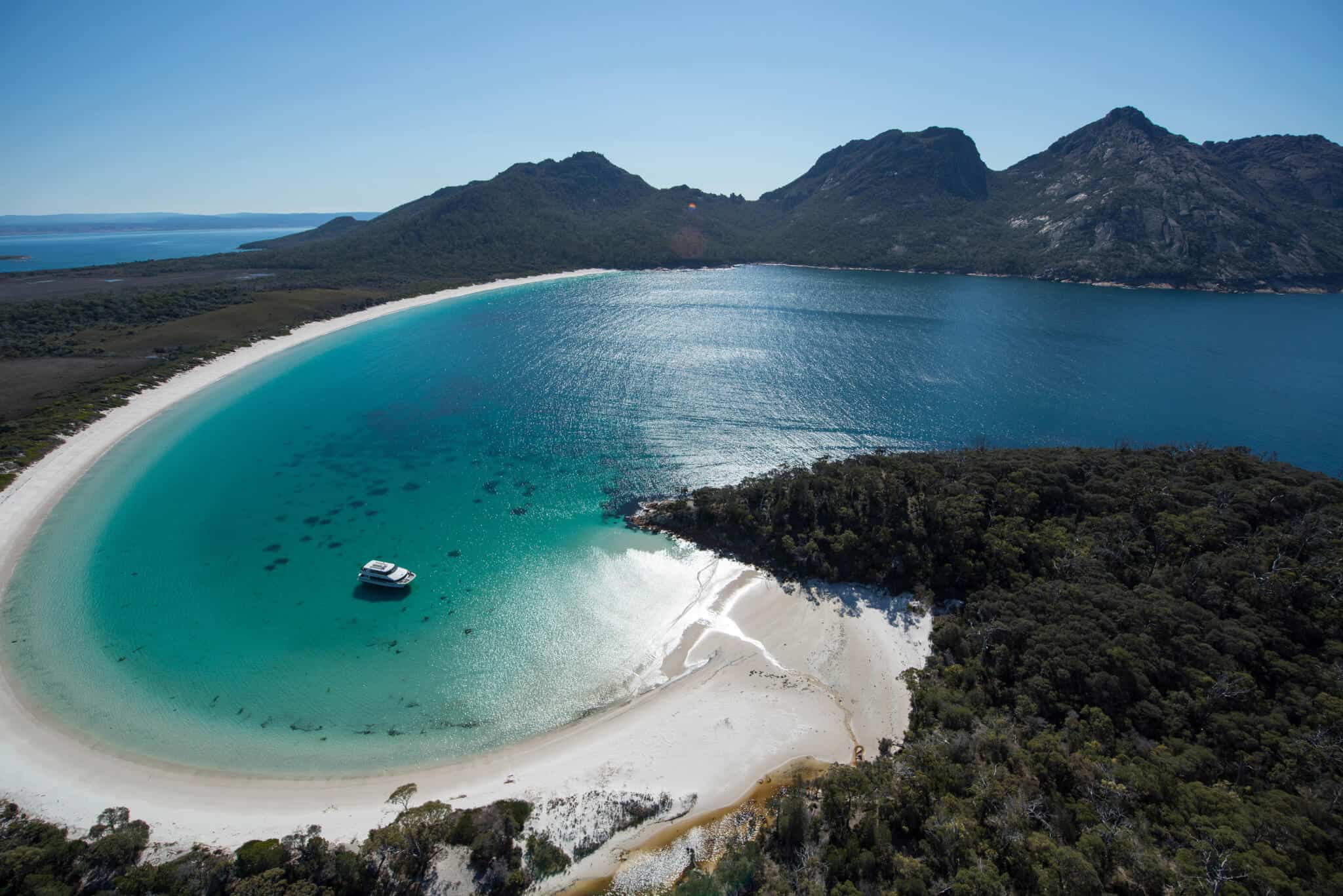
Freycinet National Park
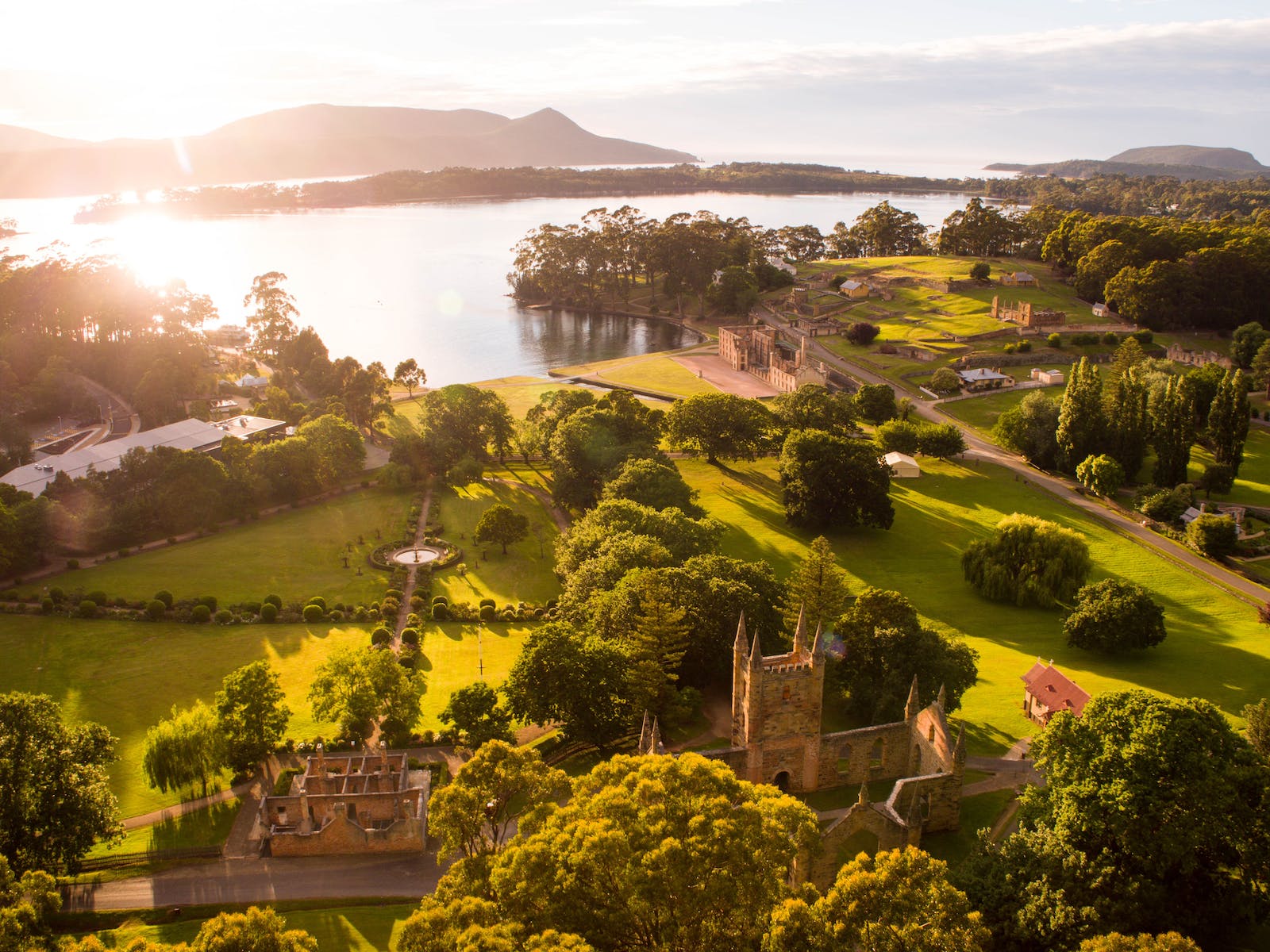
Port Arthur Historic Site
Political
Economy and Government
Tasmania, as a state of Australia, possesses a diverse and evolving economy. Historically known for its agriculture and mining sectors, Tasmania has experienced a shift towards a more service-based economy in recent years. The state's primary industries include agriculture (including dairy farming, viticulture, and aquaculture), forestry, manufacturing, tourism, and renewable energy.
Tasmania's government plays a crucial role in fostering economic growth and development. The state operates under a parliamentary democracy, with a Premier as the head of government. The Tasmanian Government implements policies to support business innovation, infrastructure development, and investment attraction. It works closely with industry stakeholders and offers various incentives to promote economic activity and job creation.
Tourism plays a significant role in Tasmania's economy, with visitors attracted to the state's natural beauty, world heritage sites, and cultural experiences. The government actively promotes tourism and supports the development of tourism infrastructure and initiatives.
Additionally, Tasmania has been investing in renewable energy projects, capitalizing on its natural resources such as hydroelectric power and wind energy. This focus on clean energy aligns with the state's commitment to sustainability and reducing carbon emissions.
Overall, Tasmania's government and economy work hand in hand to foster growth, diversification, and sustainability, ensuring the state continues to thrive and offer opportunities for its residents and businesses.

History
History and Culture
Tasmania, an island state located in the southernmost part of Australia, has a rich history and vibrant culture that showcases its unique identity. The history of Tasmania dates back thousands of years when it was inhabited by Aboriginal Tasmanians, the indigenous people of the island. European exploration and settlement began in the 19th century, leading to conflicts between settlers and the Aboriginal population.
Tasmania's colonial past is reflected in its charming historic towns and architecture. Port Arthur, a former convict settlement, stands as a testament to the island's penal history. Tasmania's natural beauty is preserved in its national parks, such as Freycinet and Cradle Mountain, providing a glimpse into the region's ancient geological history.
Today, Tasmania's culture thrives through its art, literature, and vibrant festivals. The Museum of Old and New Art (MONA) in Hobart showcases contemporary and ancient artworks, while the Salamanca Market offers a bustling atmosphere where local artisans and producers display their crafts.
Tasmania's culinary scene is renowned for its fresh seafood, artisanal cheeses, and cool-climate wines. The state's cultural calendar is filled with events like the Dark Mofo festival, celebrating art, music, and food, as well as the Taste of Tasmania, showcasing the finest local produce.
In summary, Tasmania's history and culture are intertwined, offering a unique blend of indigenous heritage, colonial influences, and a thriving contemporary arts scene, making it a captivating destination for visitors and a source of pride for its residents.
HOTELS

Saffire Freycinet

MACq 01 Hotel
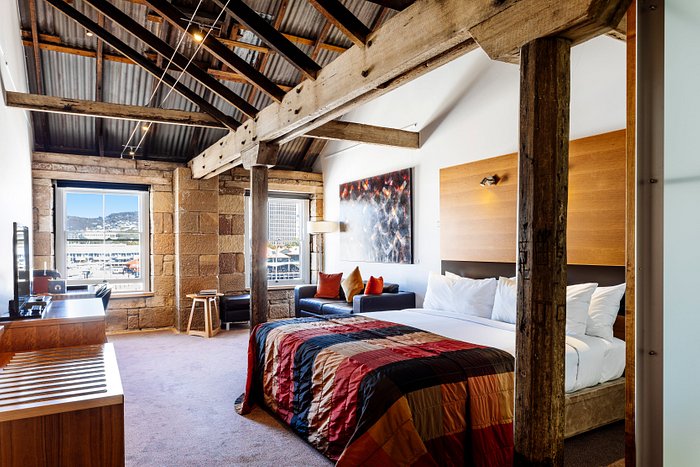
Henry Jones Art Hotel
RESTAURANTS

Franklin Restaurant
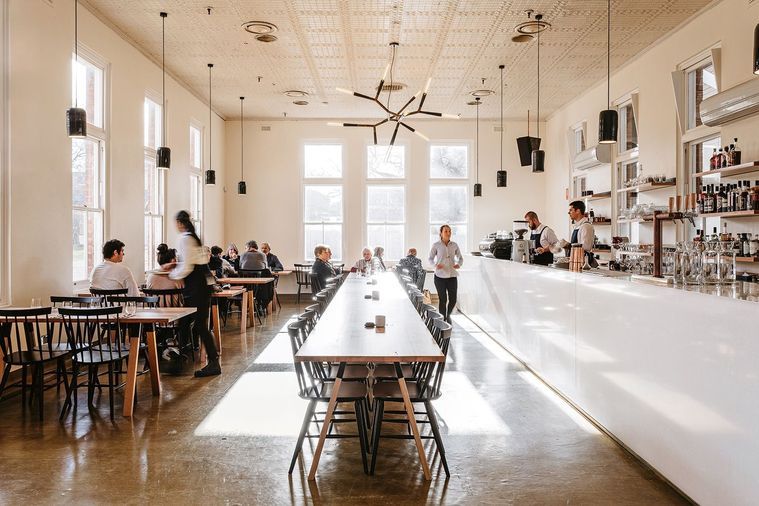
The Agrarian Kitchen Eatery & Store
